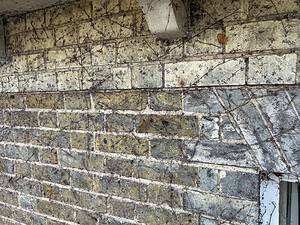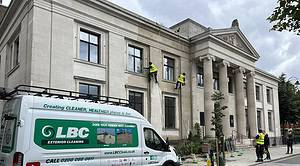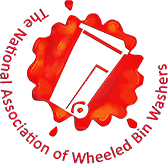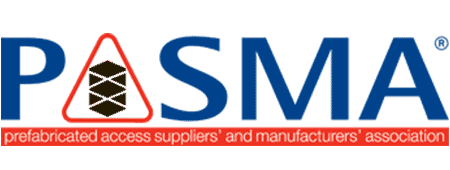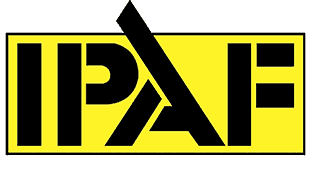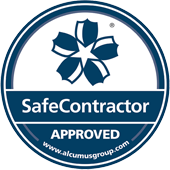Ivy Removal from Brickwork: Top 10 Frequently Asked Questions
Ivy-covered walls may look charming and picturesque, but they can cause significant damage to brickwork if left unchecked. Whether you’re a homeowner, landlord, or property manager, understanding the risks of ivy growth and the best removal methods is crucial for maintaining your building’s integrity. In this guide, we answer the top 10 frequently asked questions about ivy removal from brickwork, including why it should be removed and how professional cleaning can ensure complete restoration.
1. Why should I remove ivy from my brickwork?
While ivy may provide a classic, historic appearance to buildings, it can also lead to structural damage. Its roots and tendrils penetrate mortar joints, causing them to weaken and crumble over time. Additionally, ivy can trap moisture against the brickwork, accelerating deterioration and increasing the risk of damp issues.
2. Is ivy harmful to brick and mortar?
Yes, ivy can be highly damaging. As it grows, it sends out tendrils and aerial rootlets that cling tightly to brick surfaces. If left for too long, these roots can work their way into cracks and crevices, compromising the stability of the brickwork. Older buildings with soft or deteriorated mortar are especially vulnerable.
3. Will removing ivy cause more damage?
If ivy is removed incorrectly, it can cause even more harm. Pulling ivy away from brickwork forcibly can remove mortar, break bricks, and leave unsightly marks. That’s why professional ivy removal services use controlled methods to ensure minimal damage while eliminating the growth safely.
4. How should ivy be removed from brickwork?
The best way to remove ivy is to cut it at the base and allow it to die back naturally over a few weeks. Once the ivy has dried out, it becomes easier to remove without pulling away the mortar. However, tendrils and rootlets often remain on the surface, requiring professional cleaning methods such as steam cleaning.
5. Can ivy damage be repaired?
Yes, once the ivy is removed, any damage to the brickwork can be assessed and repaired. This may involve repointing the mortar, replacing damaged bricks, and applying protective treatments to prevent further issues.
6. How do you remove stubborn ivy tendrils and residue?
After cutting and peeling away the main ivy stems, the tendrils and root remnants often leave behind a tough, unsightly residue. Steam cleaning is the most effective way to remove these without damaging the brickwork. This method uses high-temperature steam to break down organic matter and lift stubborn debris, restoring the wall to its original condition.
7. Is pressure washing a good option for ivy removal?
While pressure washing can be effective, it should be used with caution. High-pressure jets can erode the brick surface and damage mortar joints, particularly on older buildings. Steam cleaning is a gentler yet powerful alternative that dissolves ivy remnants without causing harm.
8. How can I prevent ivy from growing back?
To prevent regrowth, it’s essential to remove all ivy roots from the base of the wall. Applying an appropriate herbicide to the cut stems can prevent regrowth, but professional treatment is recommended for long-term effectiveness. Regular maintenance and inspections can help keep ivy under control.
9. Should I hire a professional ivy removal service?
If the ivy has been growing for a long time, covers a large area, or is attached to fragile brickwork, hiring professionals is the safest and most effective option. Experts use specialized techniques such as controlled removal, steam cleaning, and brickwork restoration to ensure the best results with minimal damage.
10. How much does ivy removal cost?
The cost of ivy removal varies depending on the extent of the growth, the size of the affected area, and the required cleaning and restoration work. For an accurate quote, it’s best to contact a professional exterior cleaning service for an assessment.
Conclusion
While ivy can add charm to buildings, it poses significant risks to brickwork if left unchecked. Proper removal, combined with steam cleaning, is essential to eliminate tendrils and protect the structure of your property. If you need expert ivy removal and exterior cleaning services, contact our team today for a professional assessment and tailored solutions!
Click here to read about when we removed ivy from Wimbledon Tennis Grounds



